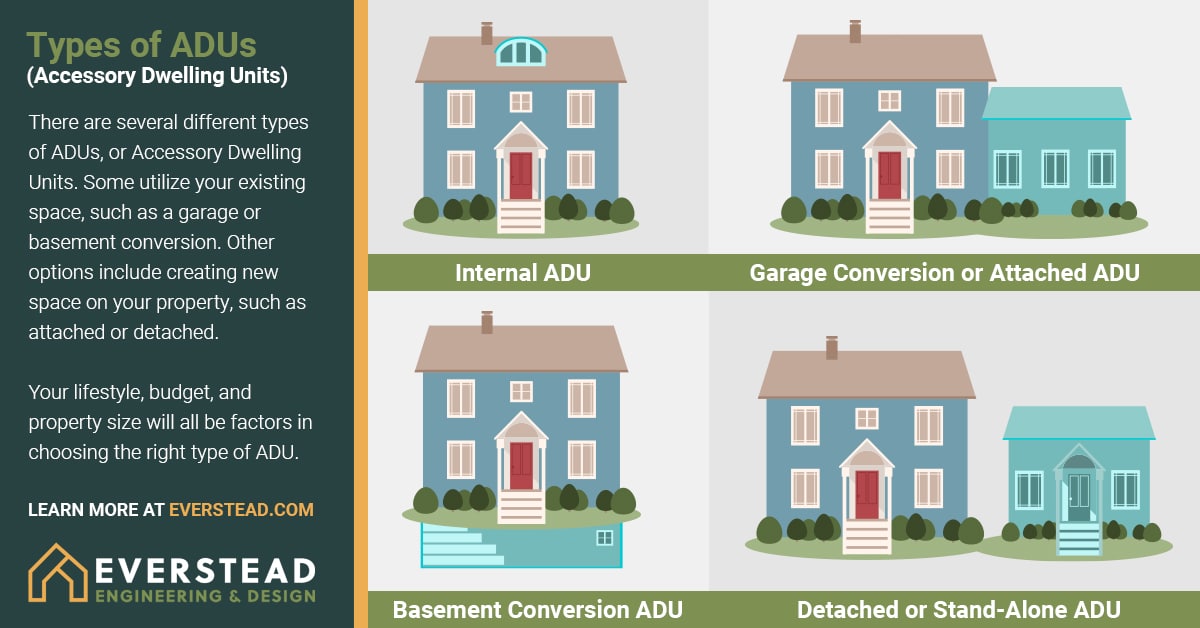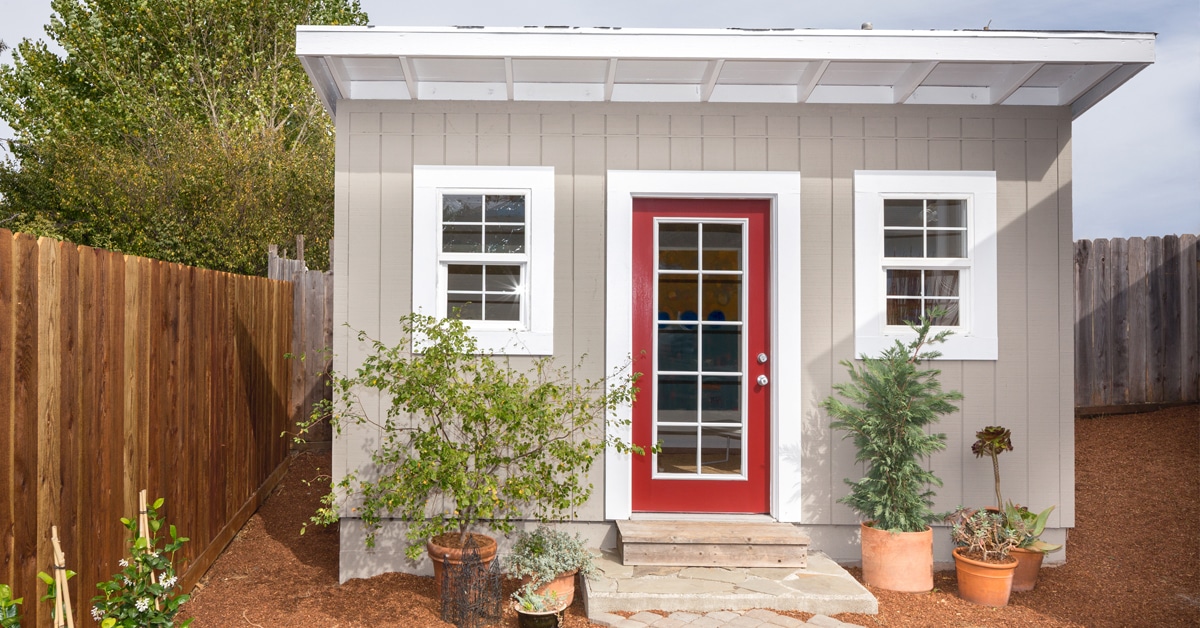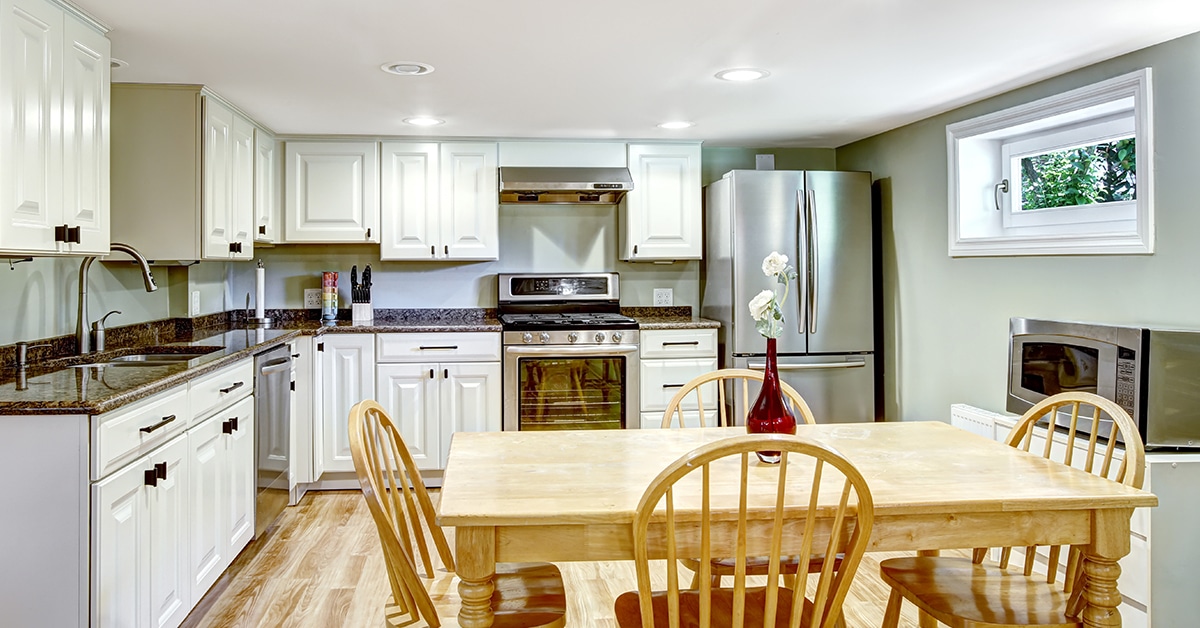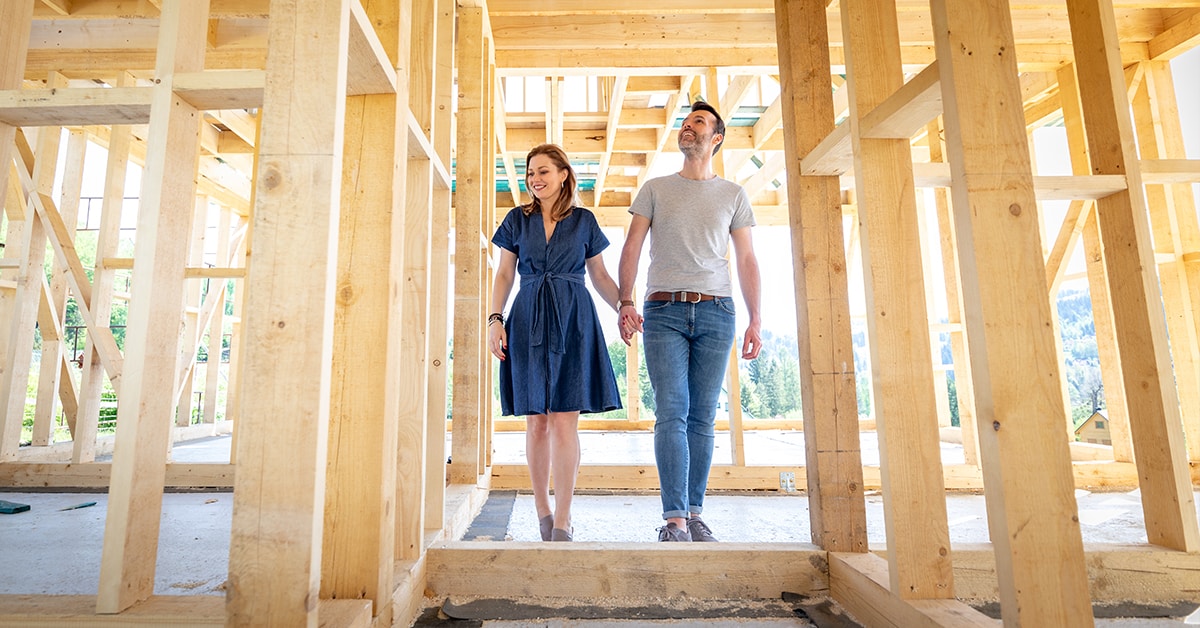In-law suite, guest house, basement apartment, or any other name you know it by. Accessory Dwelling Units, or ADUs, have been around for ages. So, if you are looking to create a multigenerational household or would like to have an income property, an accessory dwelling unit might be right for you.
What is an Accessory Dwelling Unit?
Accessory dwelling units are additional living quarters on a single-family lot. They can be attached to or a part of the primary residence or can be a freestanding unit. While they were originally developed in the 20th century. But as single-family homes became more desirable, ADUs went out of style. However, current economics and family dynamics have brought ADUs back into common practice and are seeing greater popularity.
Types of ADUs
There are many different types of ADUs to fit your needs. The type of accessory dwelling unit you decide to build will depend on a variety of factors. Some ADUs utilize your existing structure, which would include garage conversions and basement conversions. Other ADUs are built onto, but not in, existing structures. These would include internal ADU additions or above garage additions. Lastly, if you have the space available on your property, you could build an additional structure in the form of an attached or detached ADU.
The type of ADU you choose will likely come down to your budget, the size of your property, the size of your existing structure, and the needs and lifestyle of your family. Consult with a design firm to help you evaluate your options.

Names for ADUs
There are quite a few different names for ADUs. The term “accessory dwelling unit” is most used by designers and planners. Other names you might have heard are in-law suite, granny flat, carriage house, multigenerational house, basement apartment, to name a few. If you are searching for ADU designs or permitting information, consider using the term “accessory dwelling unit” to get the most precise answers.
Why Build an Accessory Dwelling Unit?
While many people may find themselves looking to ADUs for the cost benefits, there are many reasons to build one. ADUs do not have to be used to house another person but can serve as a creative studio, workshop, or office as well. However, for this article, we will primarily be looking at the benefits of an accessory dwelling unit for living space.
Benefits
Families may find benefits unique to their personal lifestyle or needs, there are a few benefits that apply to nearly all ADUs. The first and foremost being additional space. It is easy to see the benefits of adding additional square footage to your property without needing to buy a separate lot. Family, no matter the size, will have more room to spread out, space can be better utilized, and you can add value to your home.
The next most common benefit is cost. Provided that you are using your ADU to create a multigenerational home or an income property space, your wallet may thank you. If a family member moves into your new space, you may be able to greatly reduce their cost of living. If you choose to rent out your new space, or move in yourself and rent your main property, many people are able to recoup the cost of building.

How Much Does an Accessory Dwelling Unit Cost?
There is no straightforward answer as to how much ADUs cost. There are quite a few factors that will determine the cost. You can expect to pay anywhere from $150 – $300 per square foot for labor and materials. Ultimately, the cost will depend on the type of ADU you want to build and the quality of materials. New construction ADUs will generally cost more than if you convert an existing structure. If you are concerned with being able to afford a new construction ADU, consider modifying the space you already have. Lastly, the location of your ADU will affect the cost. Building ADUs in California will likely be more expensive than in Missouri. If you are concerned about cost, work with your designer to create a plan that fits your budget.
ADU Requirements
There are many different requirements for building an ADU on your property. The most important thing to know is that requirements may vary by location. Your neighborhood, city, or state will likely have specific ordinances and rules that you will need to comply with. It is recommended that you work with a designer and builder to determine what specific requirements you will need to fulfill. However, here are some of the more common regulations you may encounter.
Kitchens
In many cases, a kitchen is required for your ADU, especially for stand-alone structures. A kitchen usually needs to at least include a sink, fridge, and cooktop. It’s possible that your local regulations may only require a wet bar or kitchenette. However, you’ll want to consider the needs of the resident of your ADU. If the inhabitant is expected to live independently and prepare all their meals in their ADU, you’ll want to provide an appropriately functional kitchen. Your best bet is to have a discussion with whoever will be living in the space to ensure it meets their needs.

Permits
In many cases, you will need a permit before you can begin building your ADU. Building permits are a written authorization from your city or other local organization. Most construction projects require a permit to ensure the safety of the work as well as compliance with building regulations. If you are working with a contractor, they will typically arrange for the permit. While it may feel like a frustrating process to obtain your permit, it is a necessary step. If you begin construction without proper permitting, your project may be shut down or may lower the value of your property when you try to sell it later. The best option is to do everything by the book and get properly permitted.
Location
As previously mentioned, the location of your ADU will determine many of your requirements. We’re not only talking about the location of your property but also when on your property you plan to build. If you are converting your basement, attic, or garage, you may need to add windows or other safety features. If you are adding an additional structure to your property, the city will determine how close you can build to your property line. These are just a few examples of the kind of requirements for the location of your ADU.
How Everstead Can Help
No matter what kind of ADU you hope to build or who will live in it, we recommend working with professional designers and engineers. Our architectural designers have created custom ADU plans to suit a variety of needs. Additionally, if you are creating space for an individual with mobility difficulties or a disability, we offer Universal Design Services which particularly focus on accessibility accommodations.
Schedule a free consultation with our design team to learn more about how Everstead can help you create a custom ADU plan.
ADU Resources
https://accessorydwellings.org – a one-stop-source for ADU information
https://www.dwell.com – an article featuring beautiful ADU examples
https://www.planning.org – resources for planners and designers
Contact Us:
If you have questions about ADUs or are ready to schedule a design consultation, fill out the following form. We’ll be in contact within 1-2 business days.





